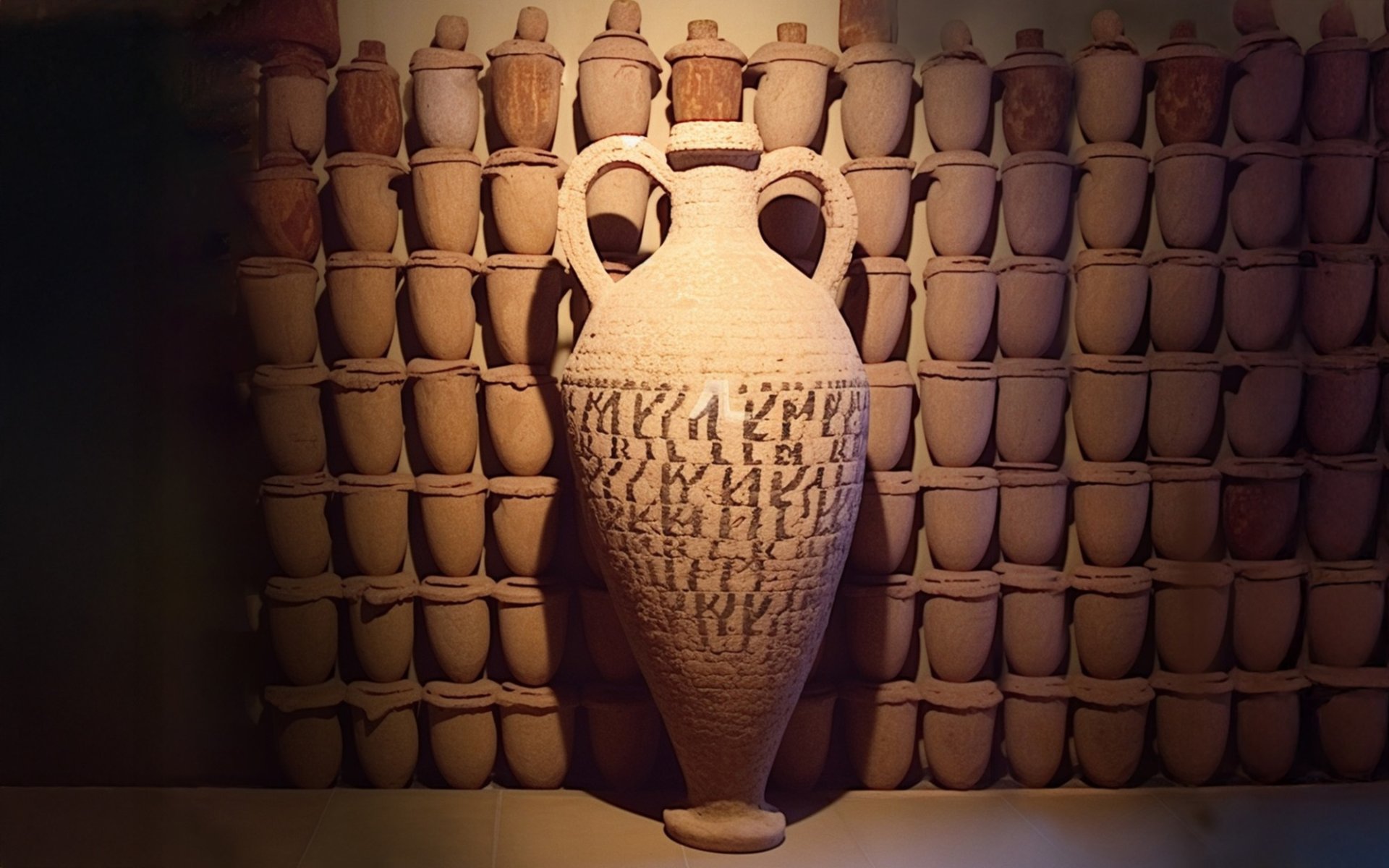Garum

The diversity of cultural uses of seasonings is one of the most remarkable creations of humankind. While we now have many advanced seasoning formulas, traditional condiments often retain a classic charm.
The Origin of "Garum," An Ancient Condiment
Many may not know that Garum is considered one of the earliest fish sauces known to humankind, originating in ancient Greece and Egypt. It is said that the Greeks first made a fish sauce called Garos, which later evolved into Garum during the Roman era. Garum, however, bore a closer resemblance to modern-day fish sauce.
Production Process and the Flourishing of Garum
Generally, Garum was made from small fish such as anchovies, mackerel, and sardines. After catching the fish, they would be cleaned, gutted, and mixed with salt before being left to ferment in large earthenware vessels called Amphorae for about 2-3 weeks to several months, eventually becoming a salty and rich fermented liquid.
Garum quickly gained popularity in the Roman Empire, becoming a highly valuable staple in kitchens. Its rich flavor could add complexity to various types of dishes. Furthermore, the production and trade of Garum were very important to the Mediterranean economy of that time.
The thriving centers of Garum production emerged along the coasts of Spain, Portugal, Italy, and North Africa. Garum production became one of the most flourishing industries of that era, creating employment opportunities and supporting the economic growth of the region.
The Decline and Revival of Garum
The popularity of Garum continued into the Byzantine era. However, as the Roman Empire began to decline, the demand for Garum, once a highly valued commodity, also decreased. The fall of the Roman Empire led to political and social changes. Over time, Garum gradually disappeared from the culinary traditions of the Mediterranean region and was replaced by other condiments.
Nevertheless, even though Garum vanished from Mediterranean culinary culture, it has been revived in other regions. To this day, archaeological discoveries and renewed interest in ancient culinary techniques have sparked a fascination with recreating Garum, leading to the fish sauce we are familiar with today.
The historical journey of Garum reveals the long and influential story of an ancient fish sauce that shaped culinary cultures. From being a highly valued condiment that nearly disappeared with time, it has returned to become a staple seasoning in culinary traditions worldwide.


